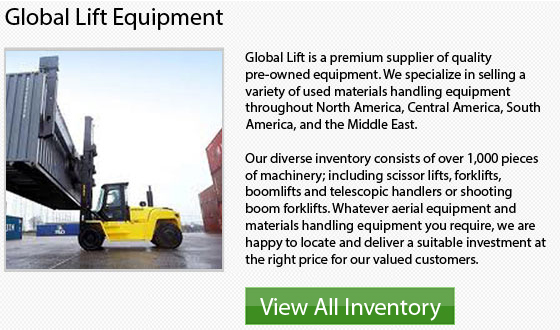
Over 80 years ago, a man named Lester M. Sears believed it could be a good idea to adapt a farm tractor for industrial application. He came up with the "Model L," and though it could look quite obsolete now, it was packed with new ideas. The machine revolutionized and transformed the materials handling industry.
Lester's initial truck provided innovations which have become standard today within the forklift industry. Amongst these key features include: wheel drive, rear-wheel steering, hydraulic lifting and tilting and equal reverse and high-speed forward gears.
In 1965 the corporation was acquired by Caterpillar and Lester began "Towmotor" and afterward began CAT Forklifts. With the same dedication to practical solutions, dedication to extraordinary reliability and new ideas, CAT enjoys thinking that they are Lester's direct descendants. The Model L was so strong and effective that the prototype worked hard for more than 30 years prior to finally retiring.
It was then during 1992, when Caterpillar joined Mitsubishi Heavy Industries in a joint venture. They brought together technological strengths and financial and marketing strengths in the manufacturing of material handling machinery. The corporation has had their headquarters in Almere, the Netherlands ever since that time.
CAT forklifts are currently amongst the best built machinery in the business. CAT produces forklifts that operate on LPG, diesel, electric counter balanced units and gasoline engines. The company manufactures a complete line of warehouse machinery as well. The local CAT dealers are among the best in the business and provide more than 80 years of pertinent experience.
The specifically engineered RTCH rough terrain vehicle can operate in up to 5 feet of sea water. This particular unit could function on soft soil locations like for instance unprepared beaches. The RTCH could handle the 20 to 40 foot long and 8 foot wide containers.